Completed in 1555, the church of Notre-Dame de l'Assumption in Samoëns is an architectural testimony of the work of the famous stonecutters of the village.
The first mention of the church dates from 1167. Former collegiate church of the diocese of Geneva, the present church was built on the ruins of the old church destroyed in 1476 during the invasion of the Bernese. From this original church, only the lower part of the bell tower (13th century) and the chapel of Saint-Claude (15th century) seem to remain. It was not until 1555 that the construction work was completed (porch, right-side aisle). Work on the choir of the religious building, completed in 1605, was then carried out. Then finally those on the lower left (1621), then the sacristy (1840).
The church of Samoëns, marked by the work of stonecutters, is one of the symbols of the village with the Big Linden. Indeed, the building sites of the church and the decorative elements were the work of the Masons of Samoëns, famous stonemasons in Savoy and France. Tailors hired by Vauban, Voltaire and Bonaparte for numerous works. The builders of the Giffre left in the church many traces of their know-how.
In 1917, Marie-Louise Cognacq-Jaÿ, founder of the Samaritan department stores in Paris, 10 years after creating the Alpine Botanical Garden was once again the benefactor of Samoëns' heritage. She agreed to subsidize the renovation of the interior of the church in her native village, decorated in the style of the Neo-gothic era. A second general renovation of the building was undertaken between 1978 and 1982, when the plaster decoration became obsolete. This is where the modern aspect of the contemporary Church comes from, inscribed as historic monuments since 1987.
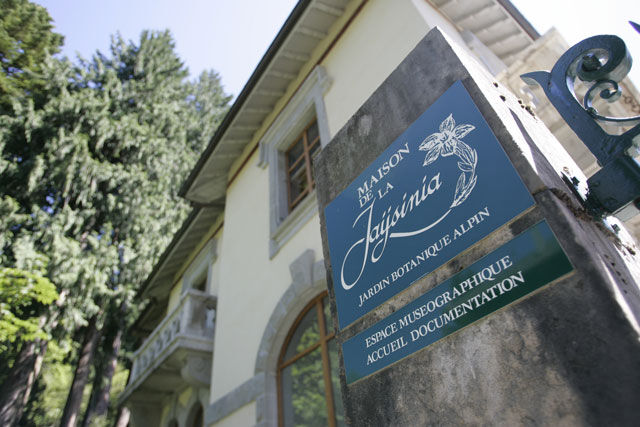
This botanical garden classified as a remarkable garden was created in 1906 by Marie-Louise Cognacq-Jaÿ, founder of La Samaritaine. It is scientifically managed by the National Museum of Natural History.
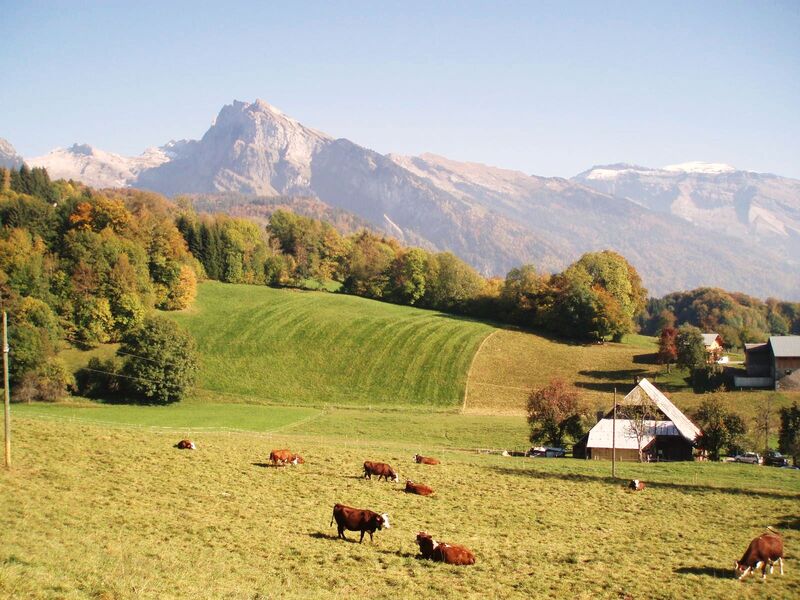
Guided discovery of the heritage of the hamlet of Mathonex and its chapel
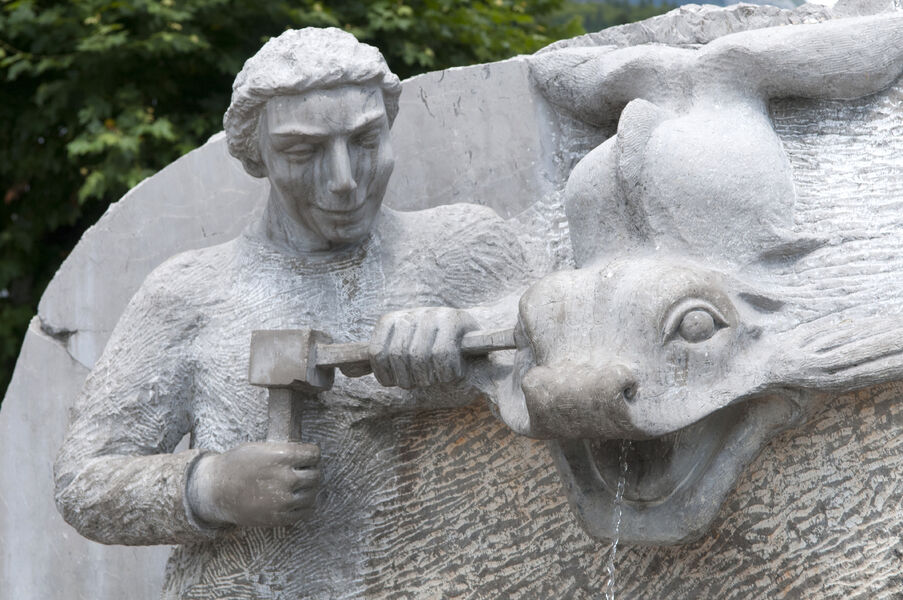
Samoens used to be world famous for its stone masons, who exported their know-how to building sites all over the world.

Guided tour of the historical and architectural heritage of the village of Samoens in English. Tours on request (minimum 3 persons) .
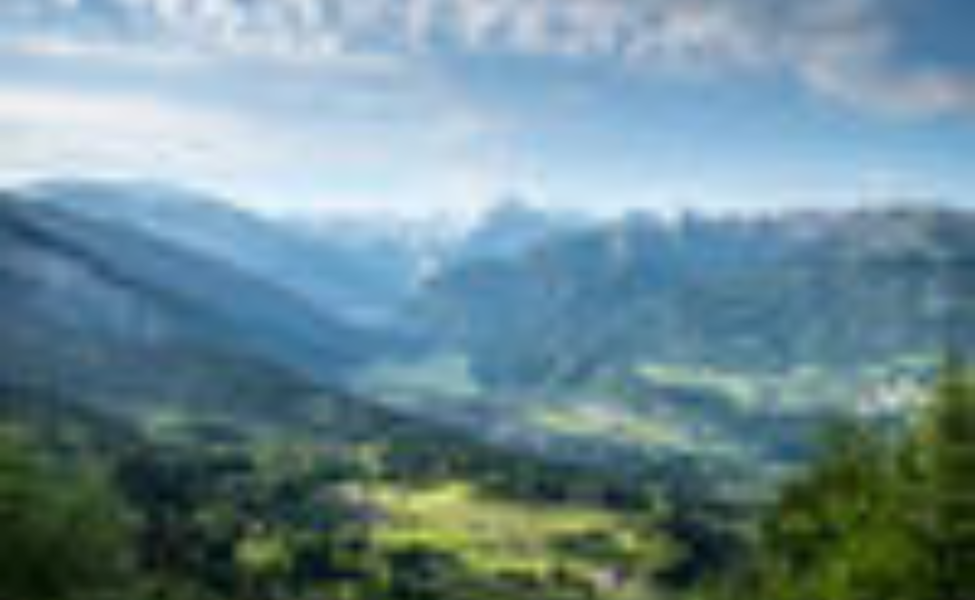
Summer is Samoëns means a holiday in a small town full of old chalets and flower-decked balcones or in the renovated wooden farmhouses in the nearby hamlets. It means a whole range of leisure activities.


A difficult climb with no respite that has featured in the Tour de France on numerous occasions. Magnificent views of Mont Blanc. Mean gradient: 7.5%
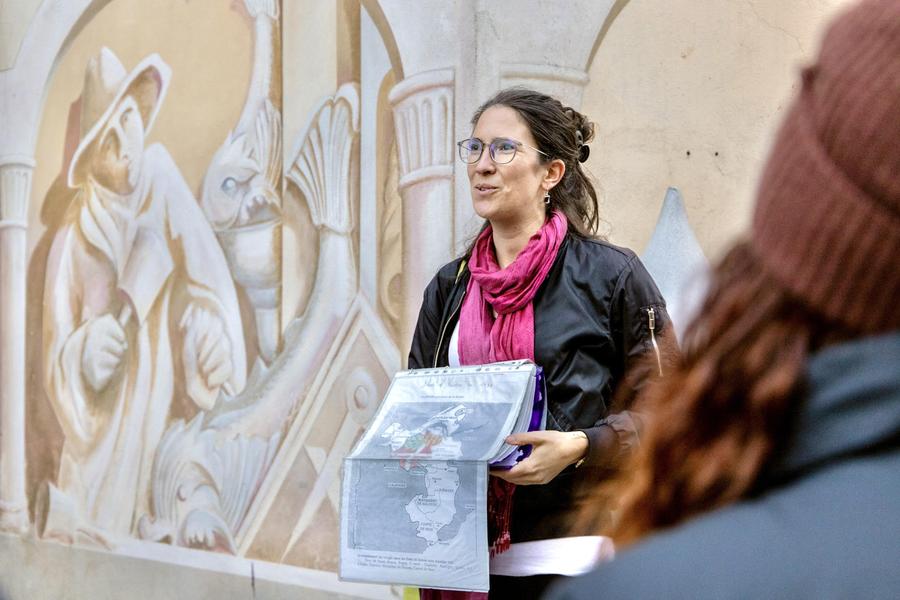
Guided tour of the historical and architectural heritage of Samoëns.